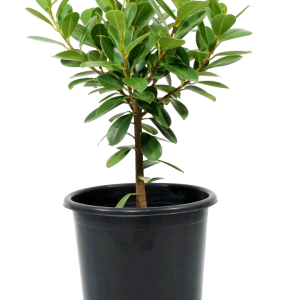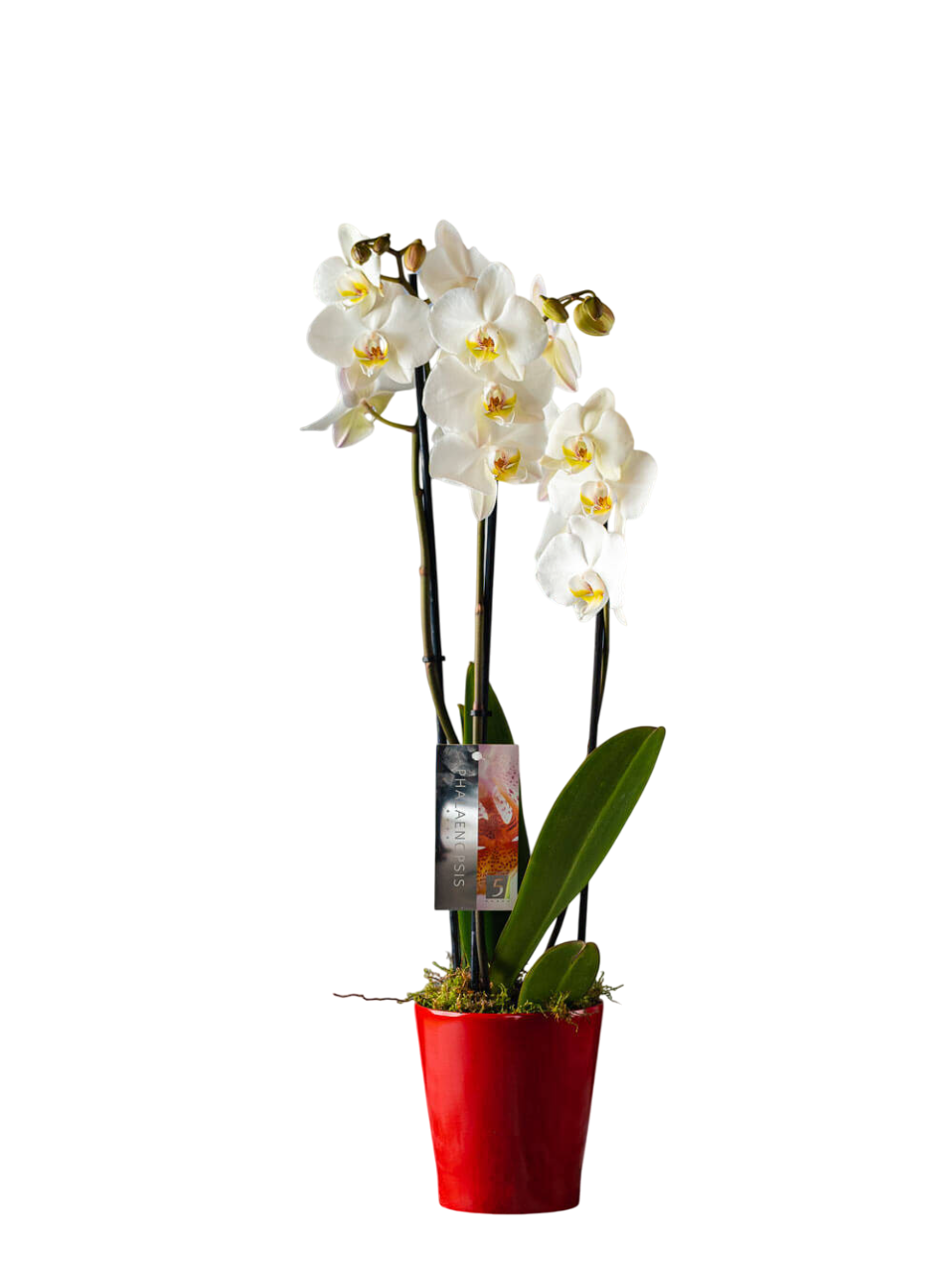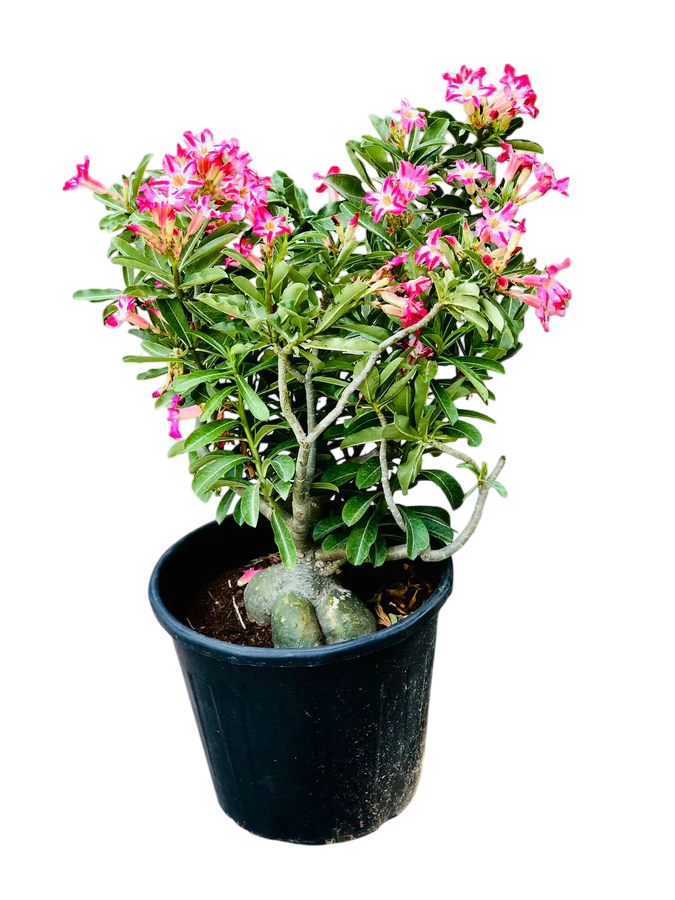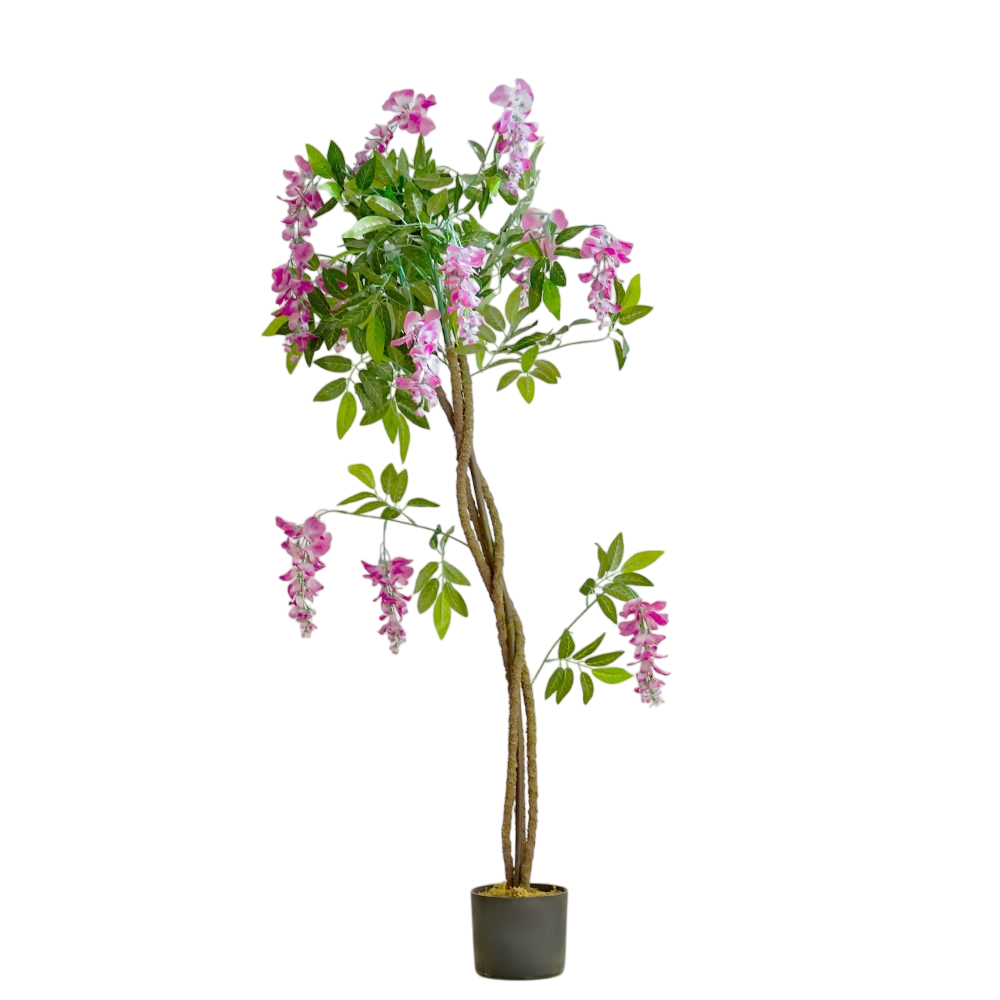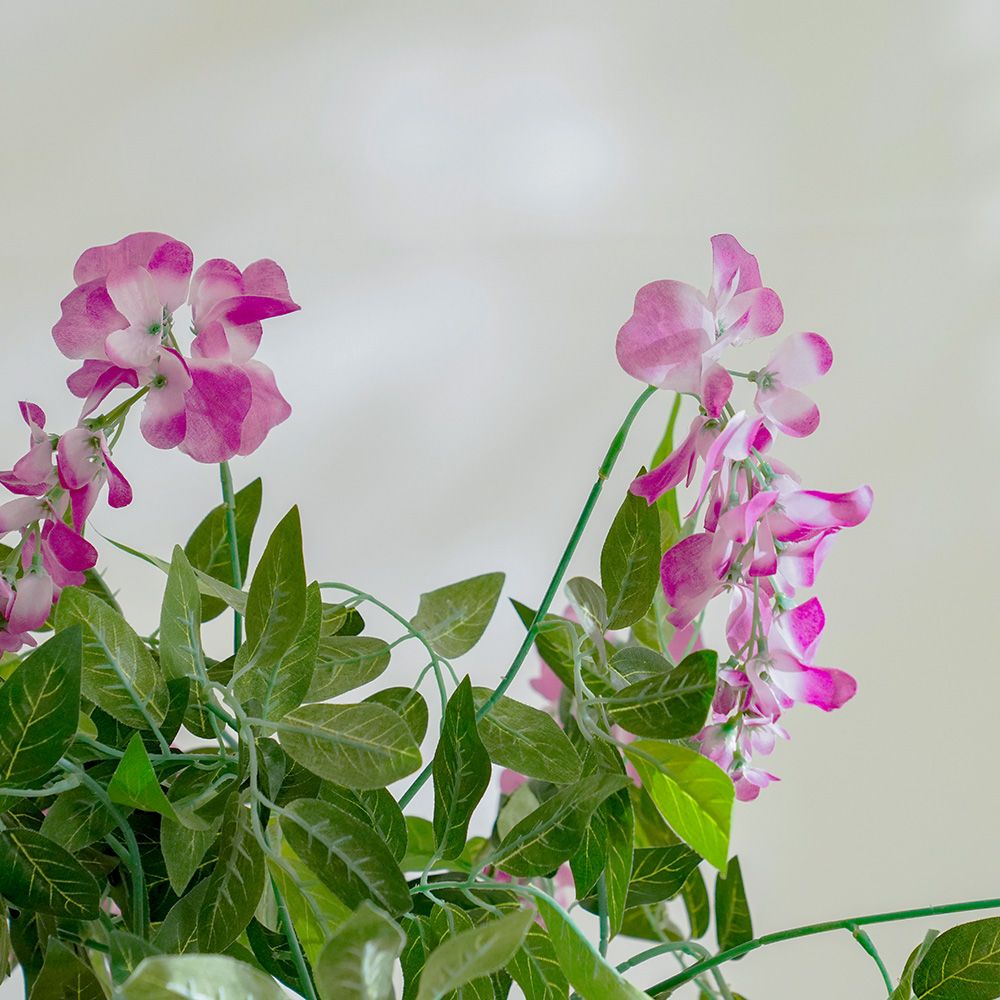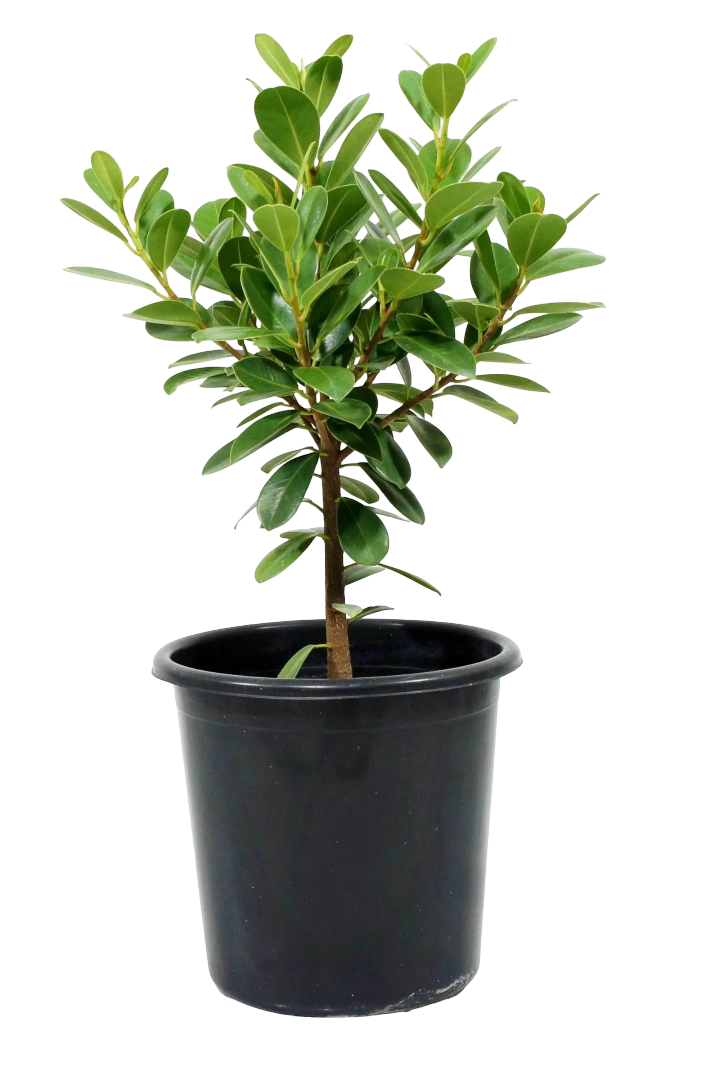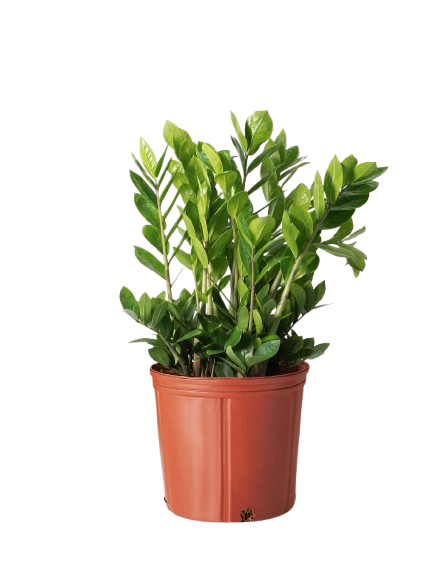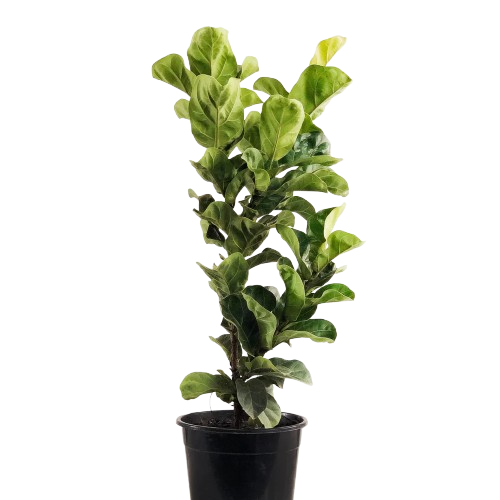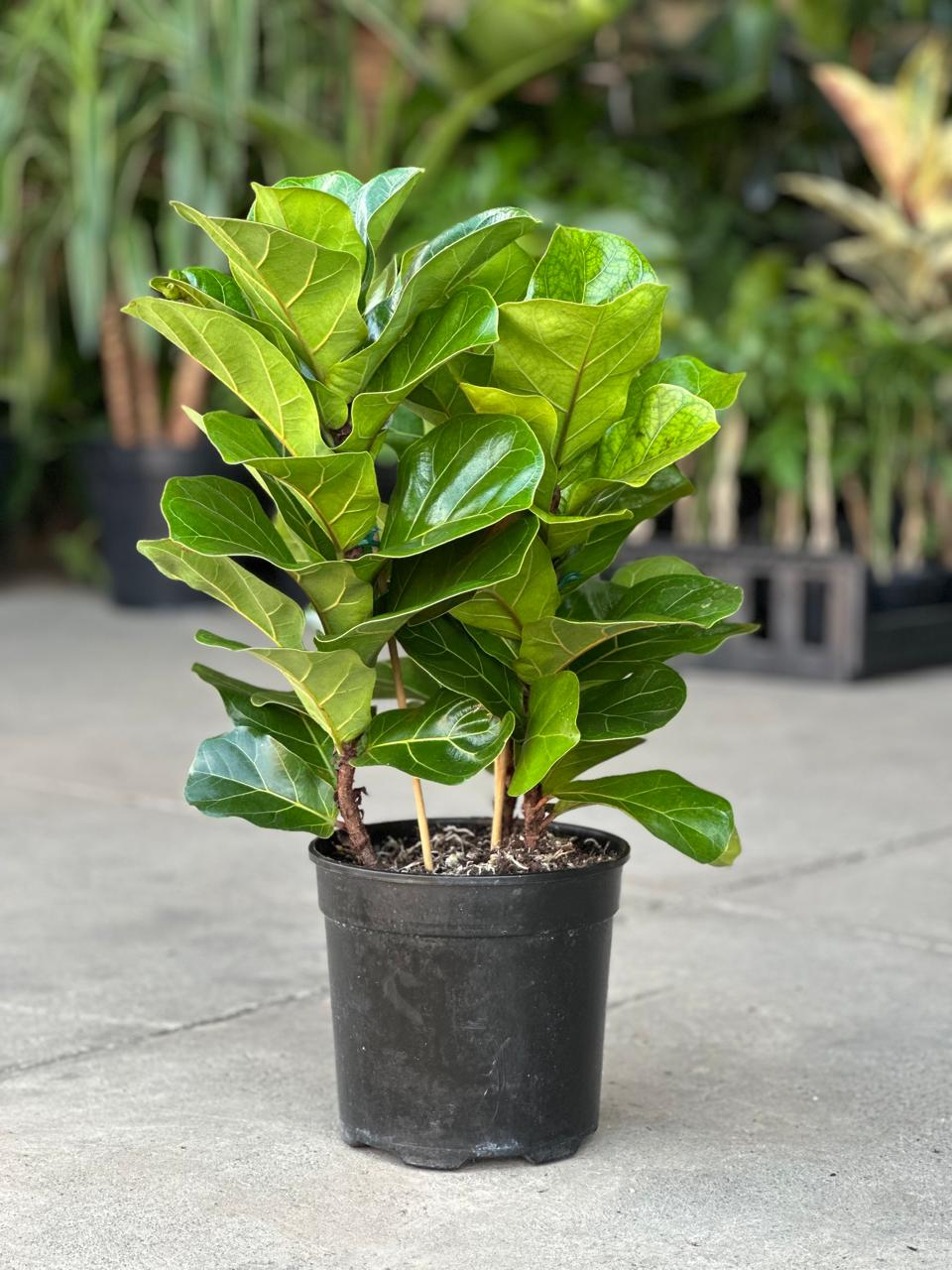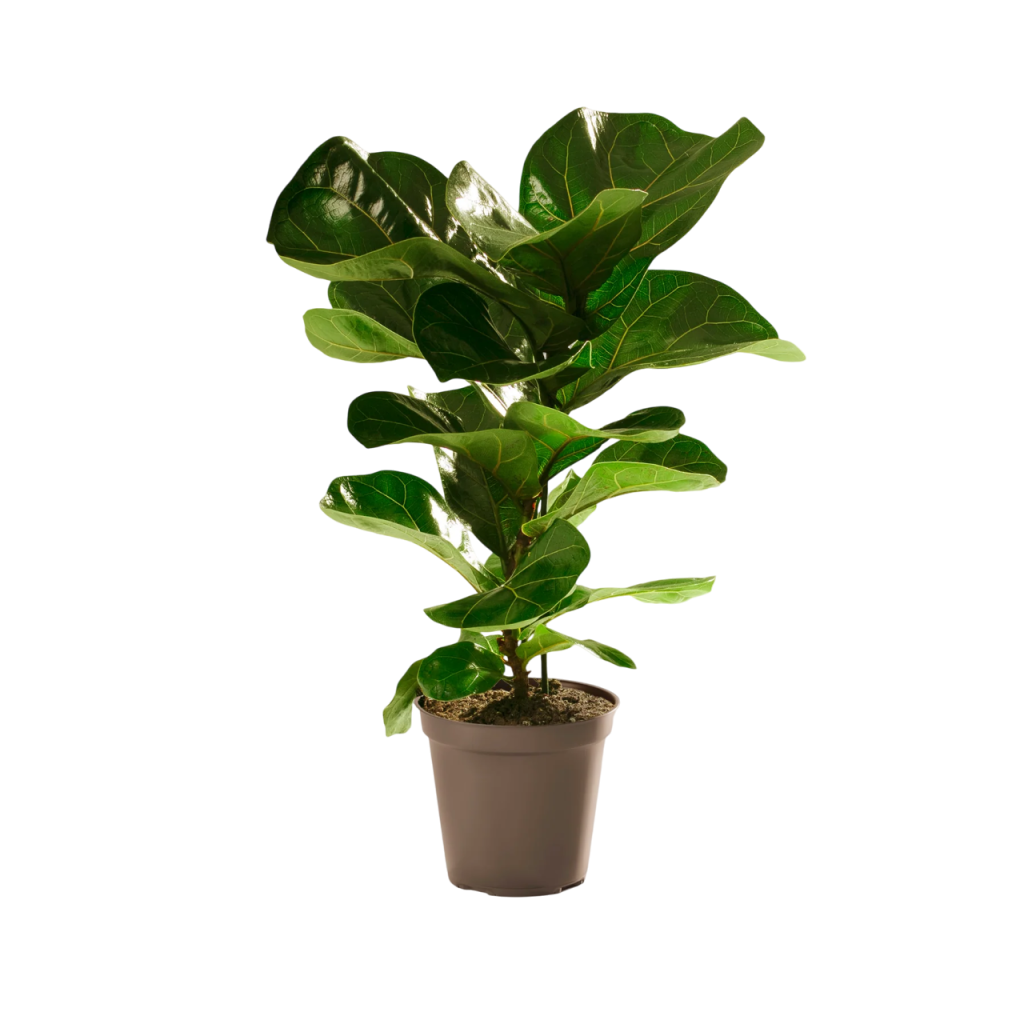
Lavender Care Guide
Lavender thrives in full sun and well-drained soil. It prefers slightly alkaline conditions and does best when watered deeply but infrequently, allowing the soil to dry between waterings. Prune lightly after flowering to encourage new growth and maintain its compact shape. In pots, ensure proper drainage to prevent root rot.
Benefits of Lavender
- Aromatherapy: The soothing scent reduces stress, anxiety, and improves sleep quality.
- Medicinal Uses: Lavender oil has antiseptic and anti-inflammatory properties, traditionally used to heal burns and insect bites.
- Culinary Uses: Flowers and leaves are used in teas, desserts, and infused oils.
- Air Purification: Naturally freshens indoor spaces with its calming fragrance.
- Ornamental Value: Lavender’s purple blooms create beautiful borders, hedges, or indoor décor.
Symbolism & Cultural Significance
Throughout history, lavender has been a symbol of calm, devotion, and purity. Ancient Egyptians used it in the mummification process, while Romans valued it for baths, perfumes, and healing. In medieval Europe, lavender was placed in homes to ward off evil spirits and disease. Today, in aromatherapy and spiritual practices, it continues to represent tranquility, clarity, and renewal.
Pests & Problems
Lavender is naturally pest-resistant due to its fragrant oils, but it may occasionally face issues with spider mites, aphids, or fungal diseases if overwatered or planted in poorly draining soil. Regular pruning and good airflow help keep the plant healthy.
Why Add Lavender to Your Space
Few plants match lavender’s combination of beauty, fragrance, and healing power. It is a timeless plant that uplifts your mood, supports wellness, and beautifies your home or garden. Whether for relaxation, décor, or herbal remedies, lavender is a true multi-purpose gem.
Shop Lavender plants today on Planters.co.ke and bring calm, beauty, and history into your space.

